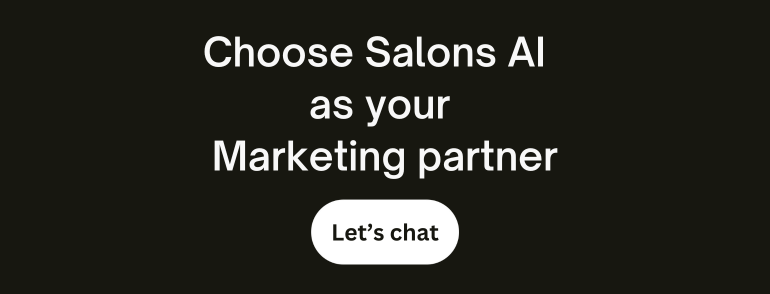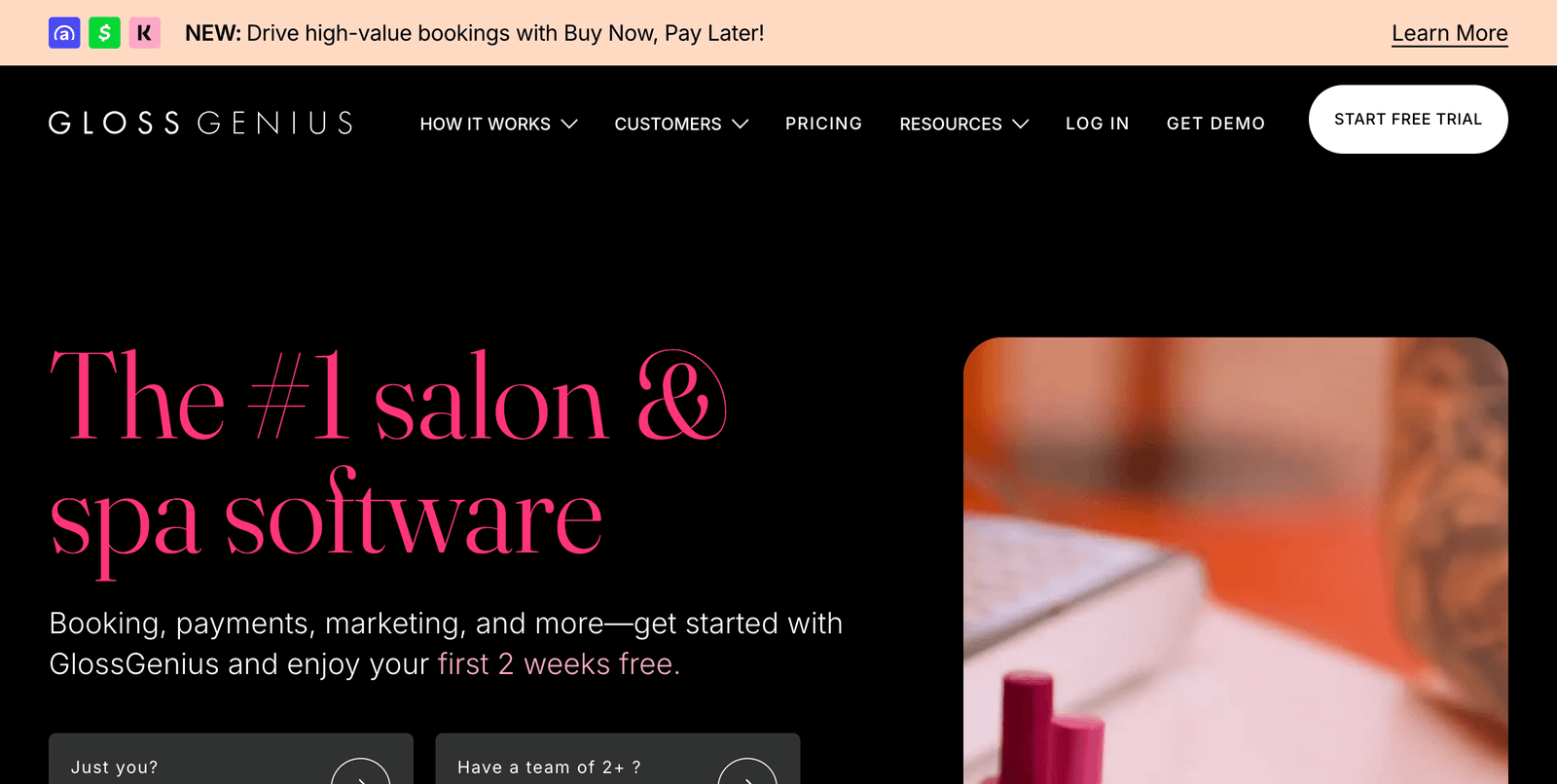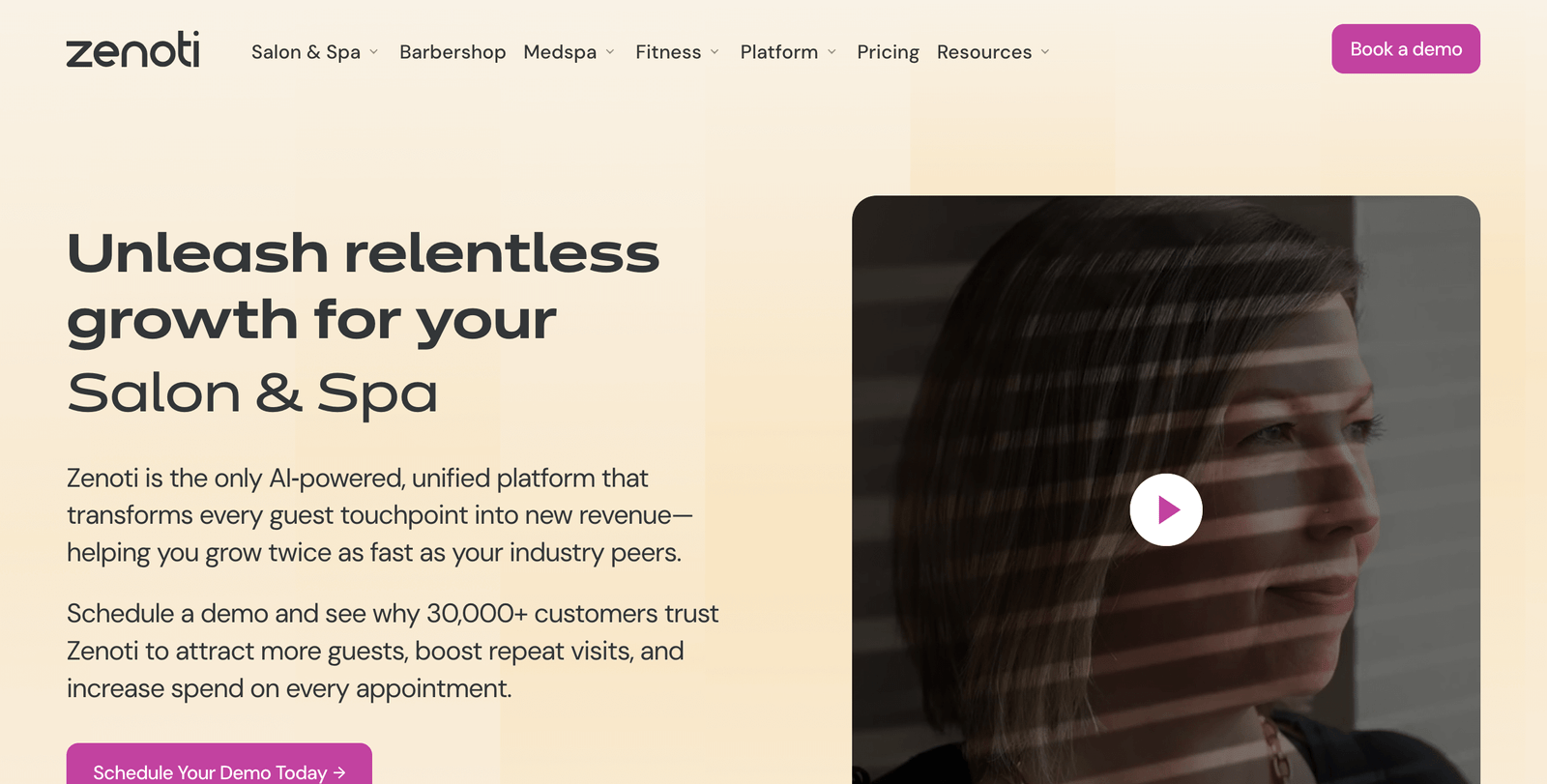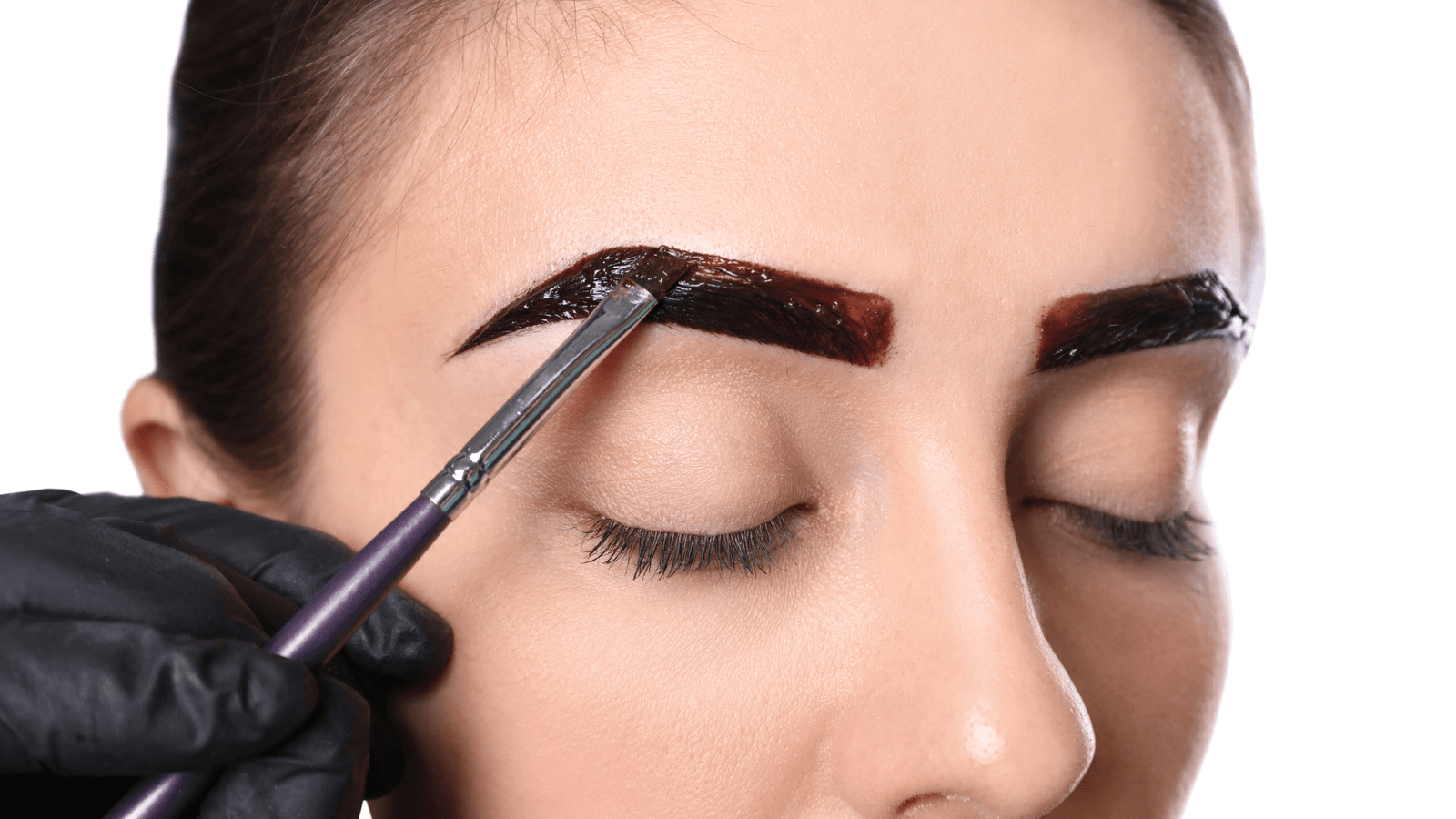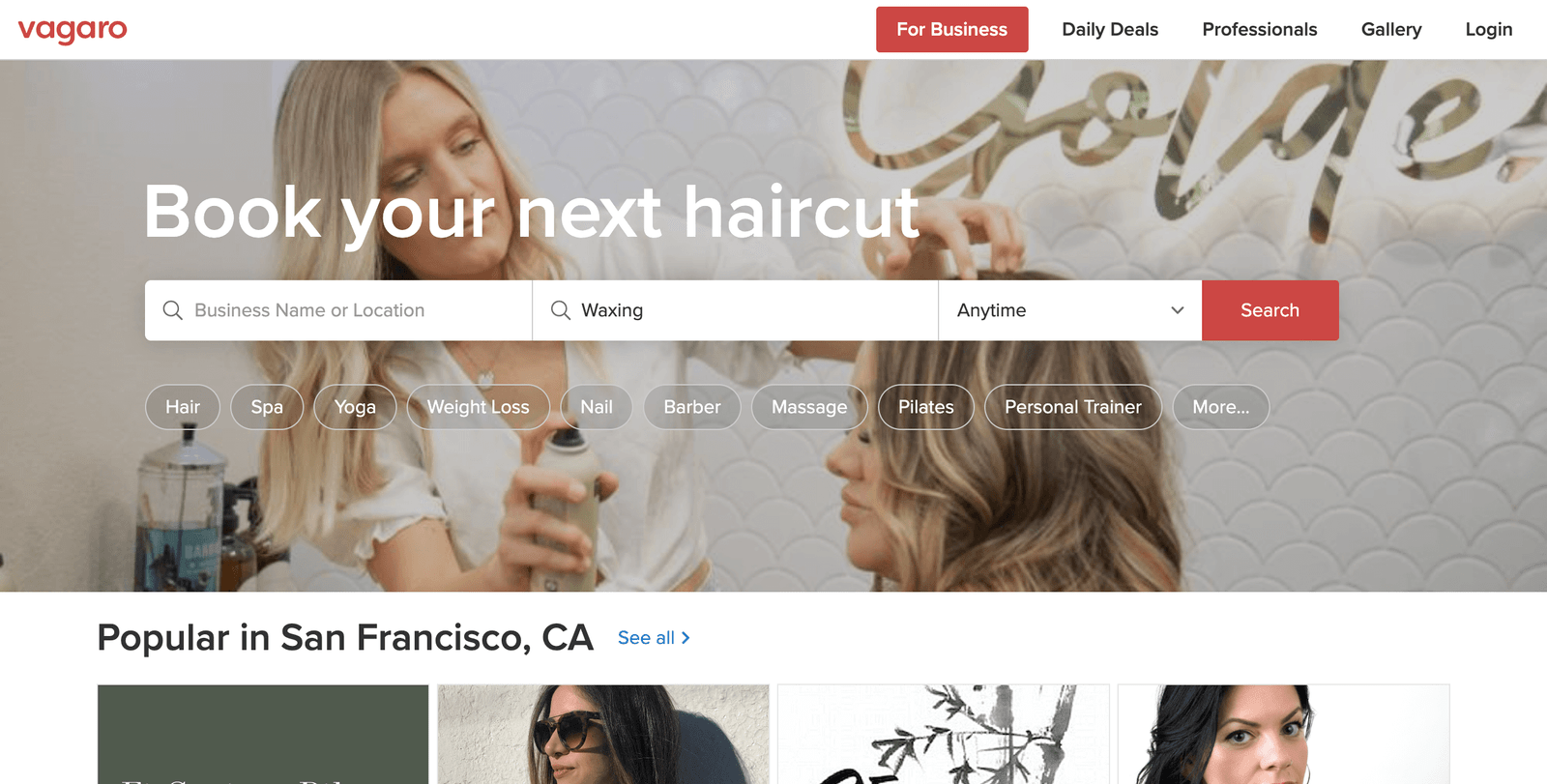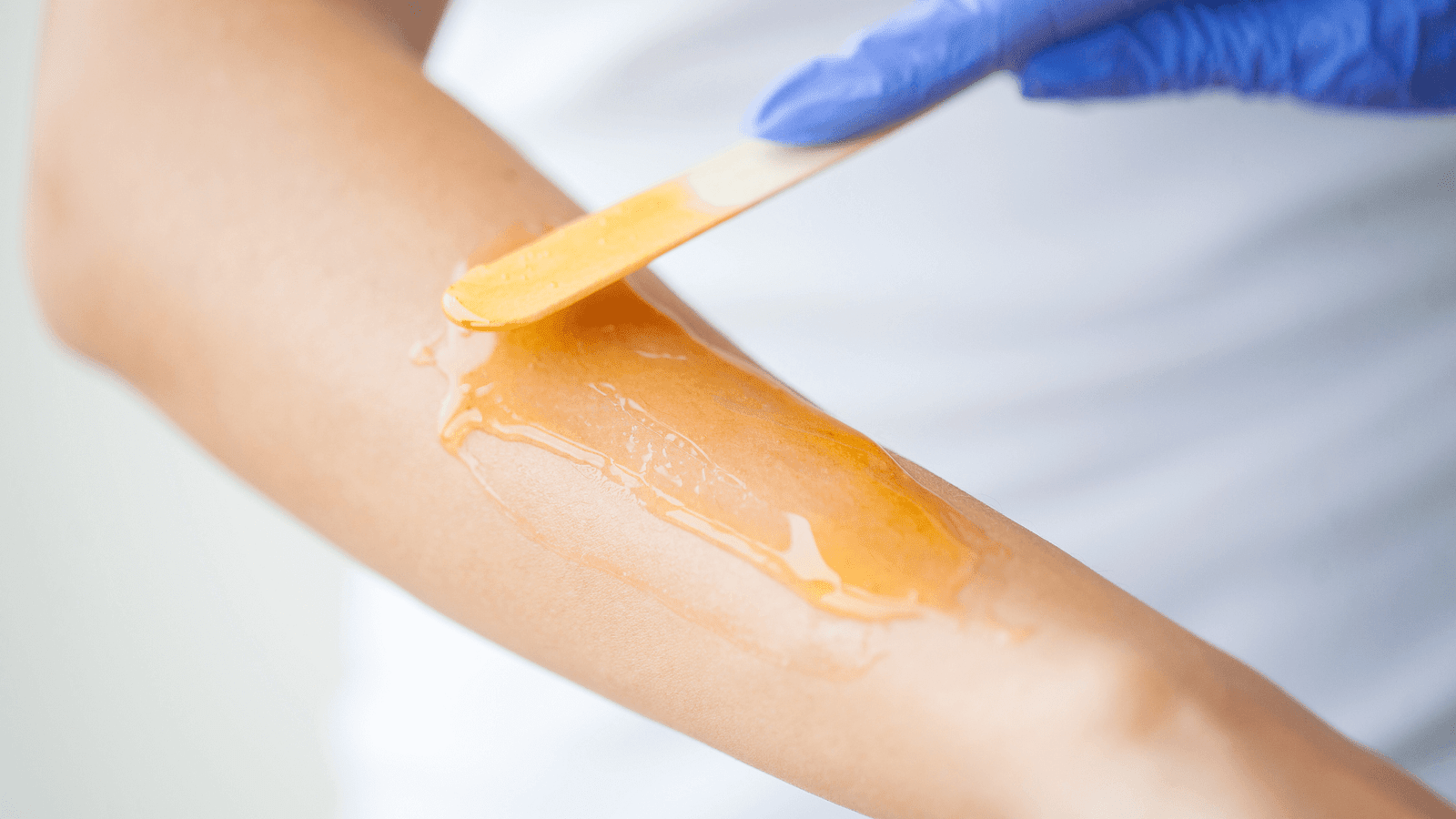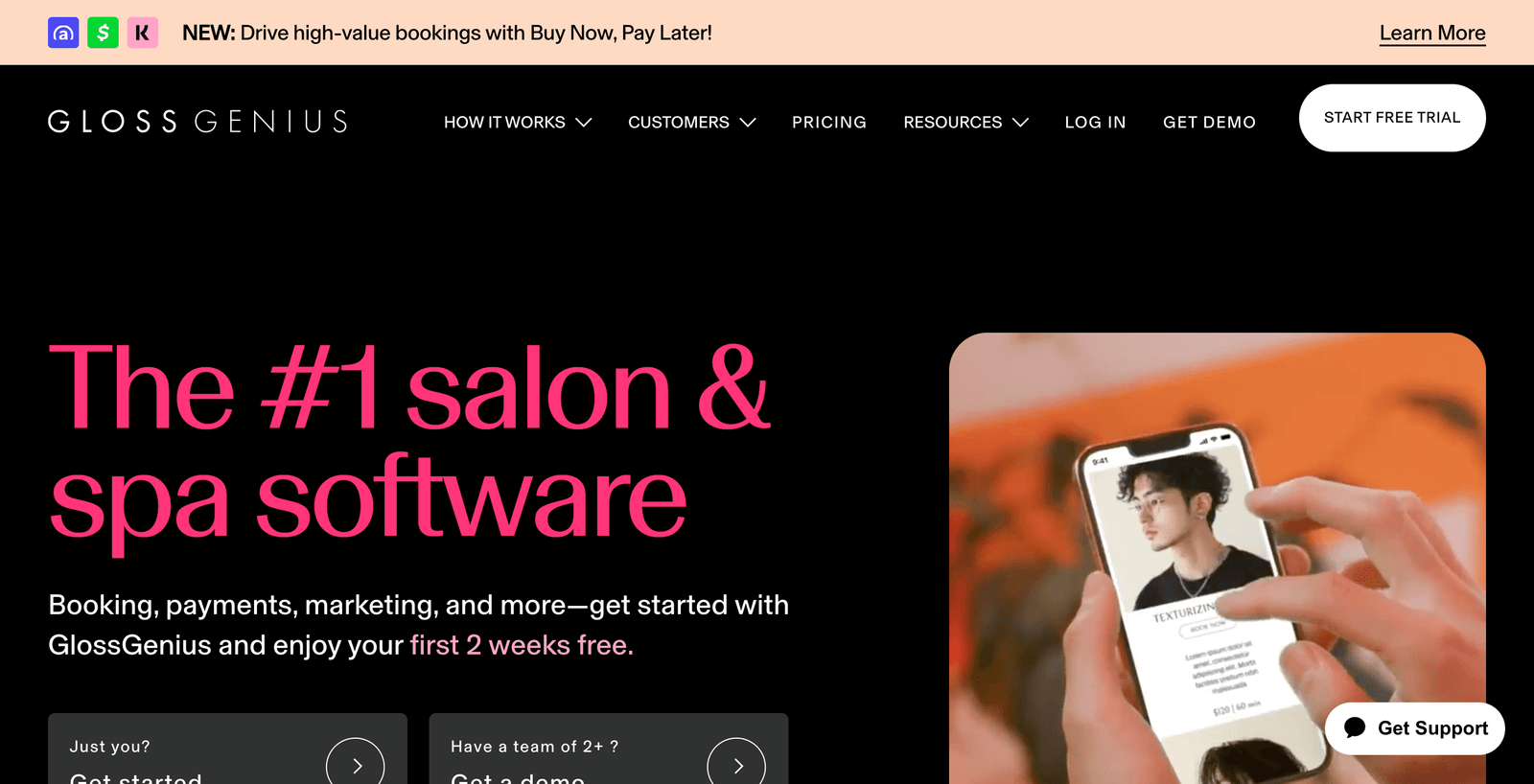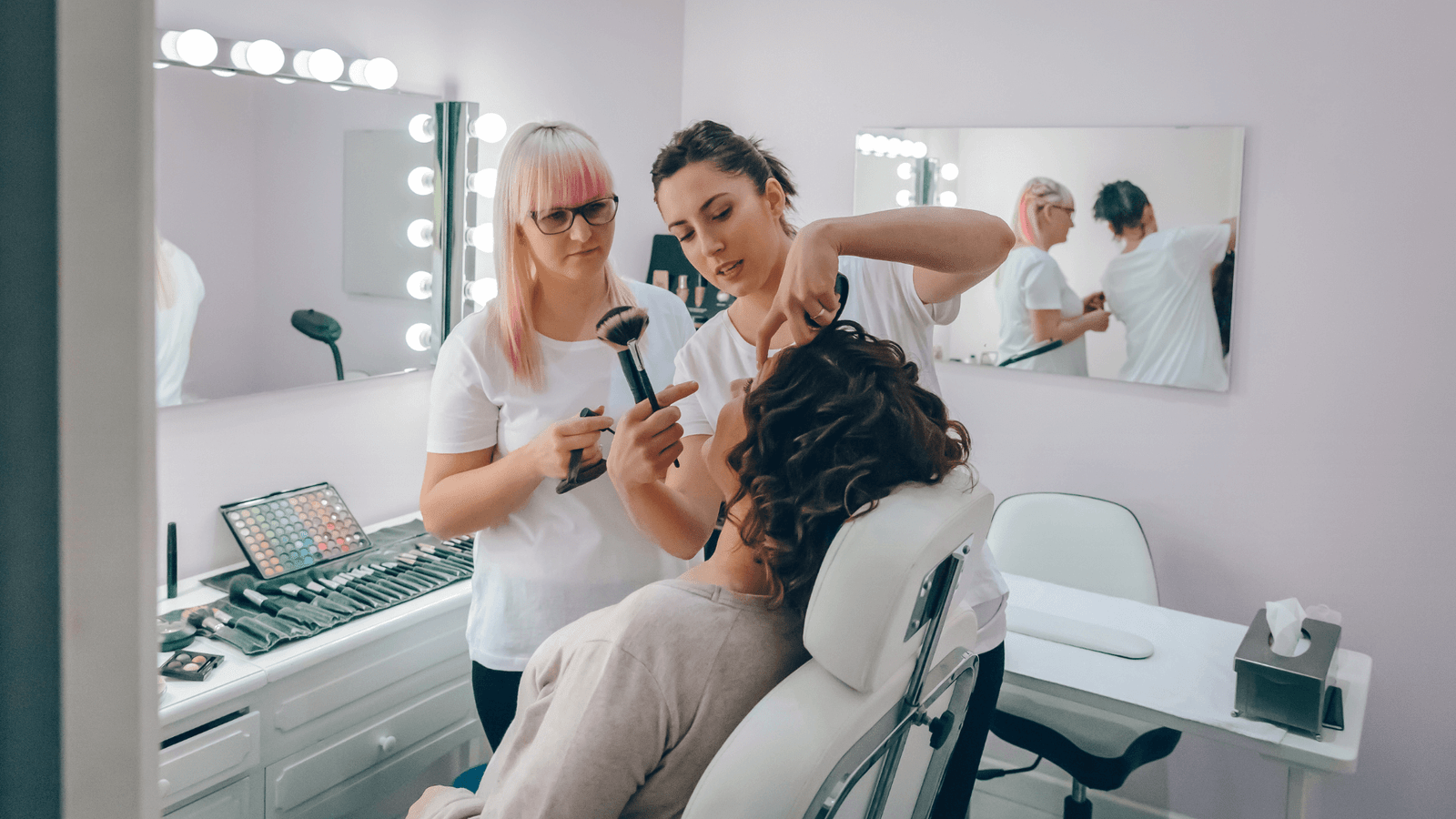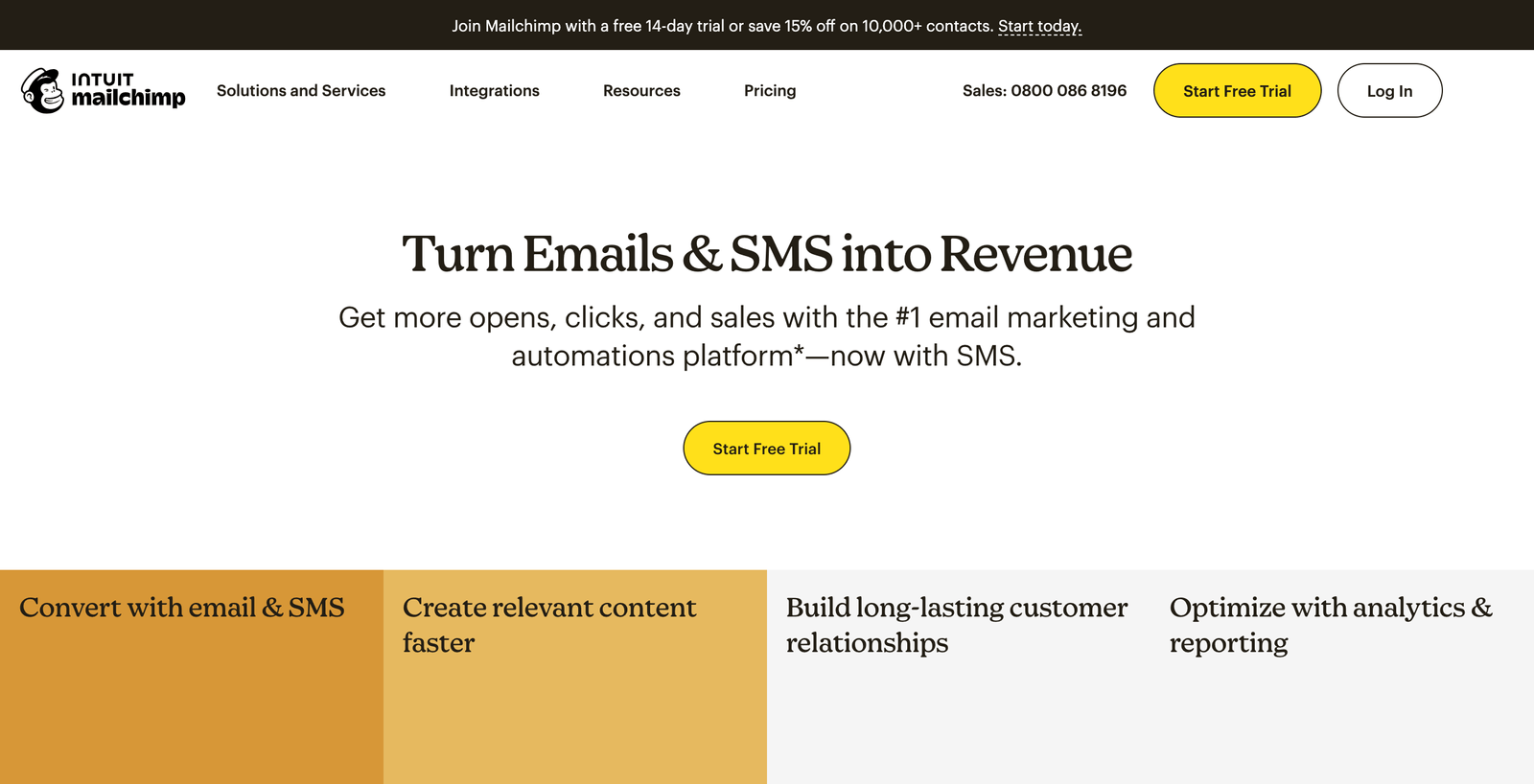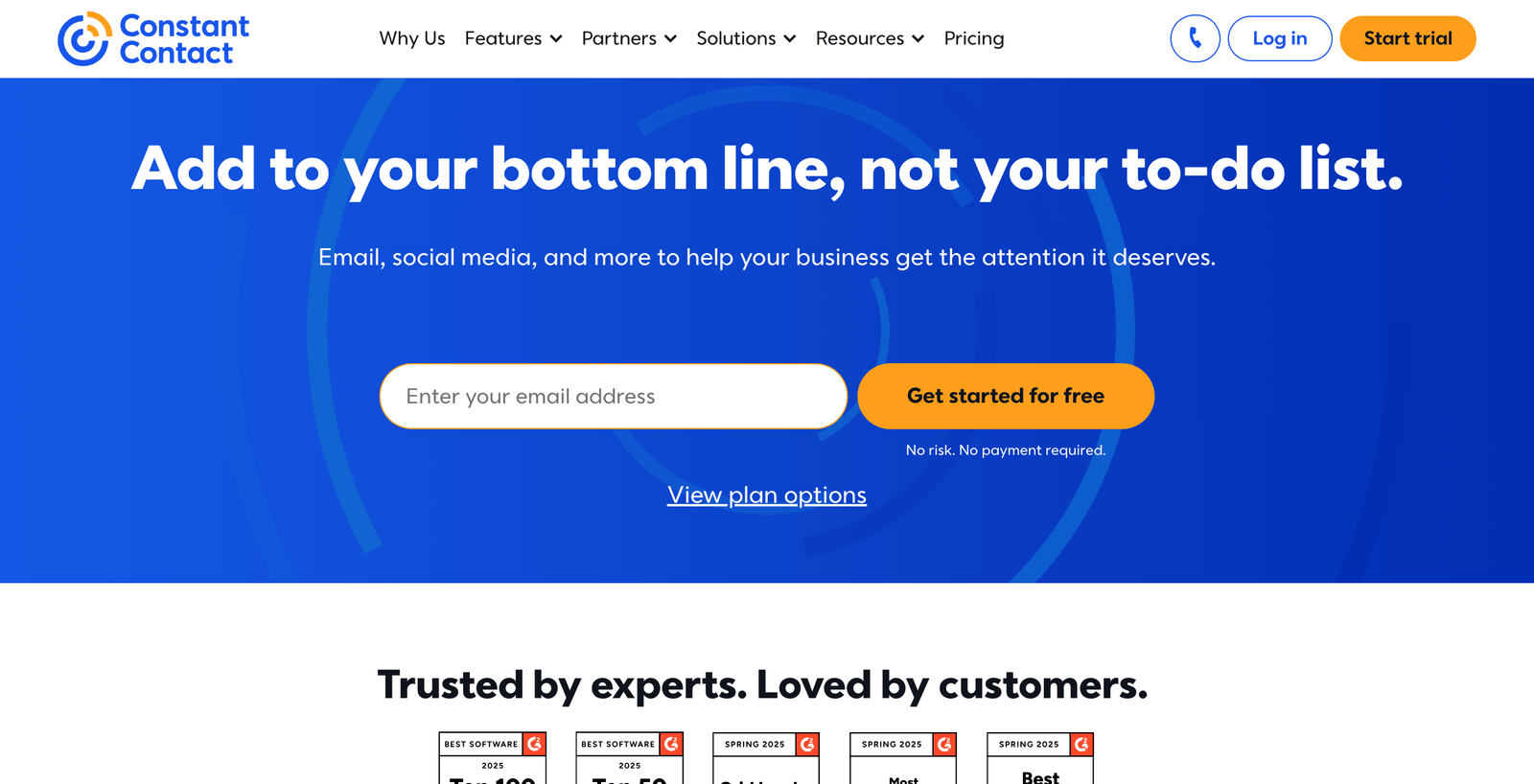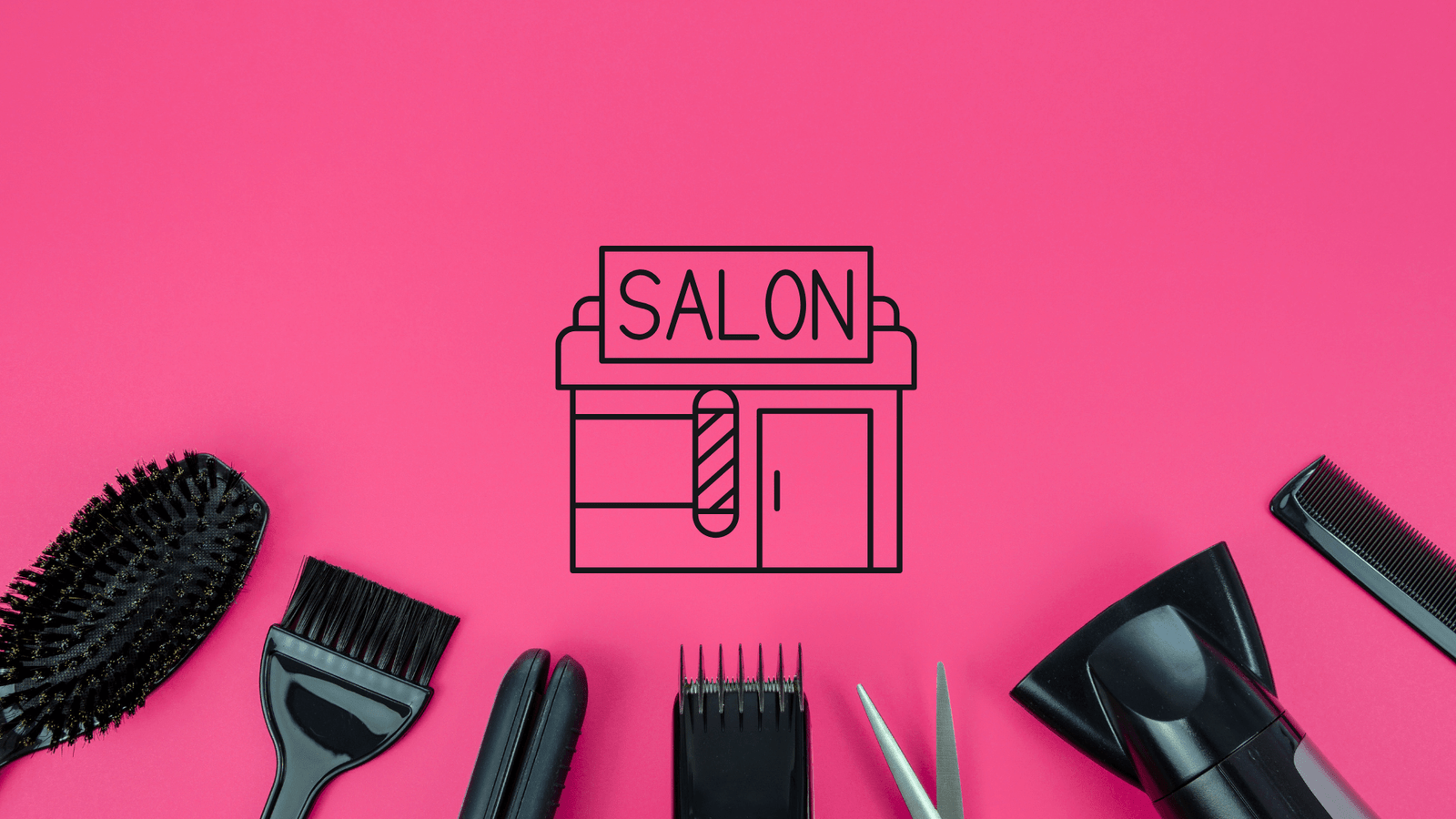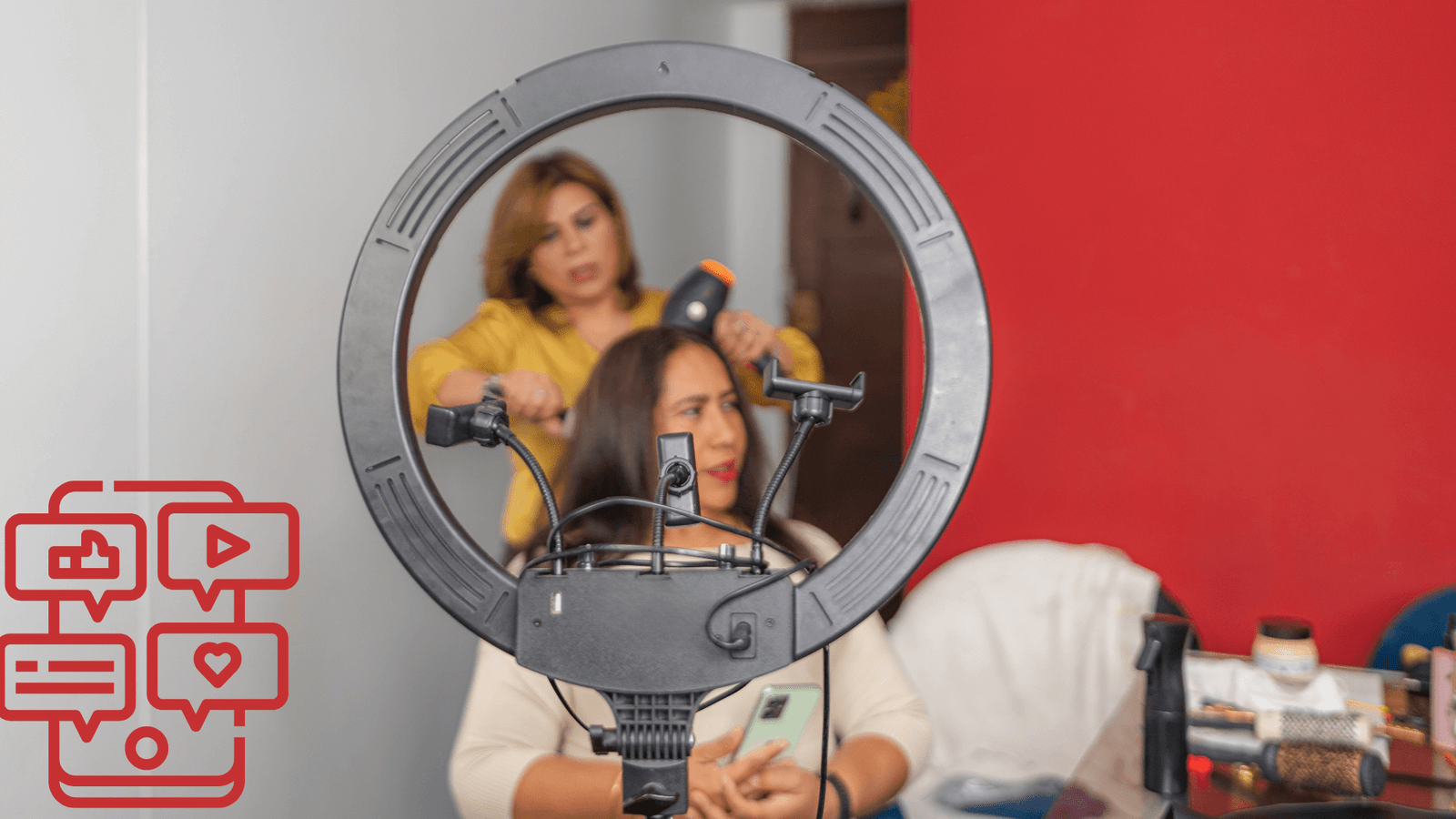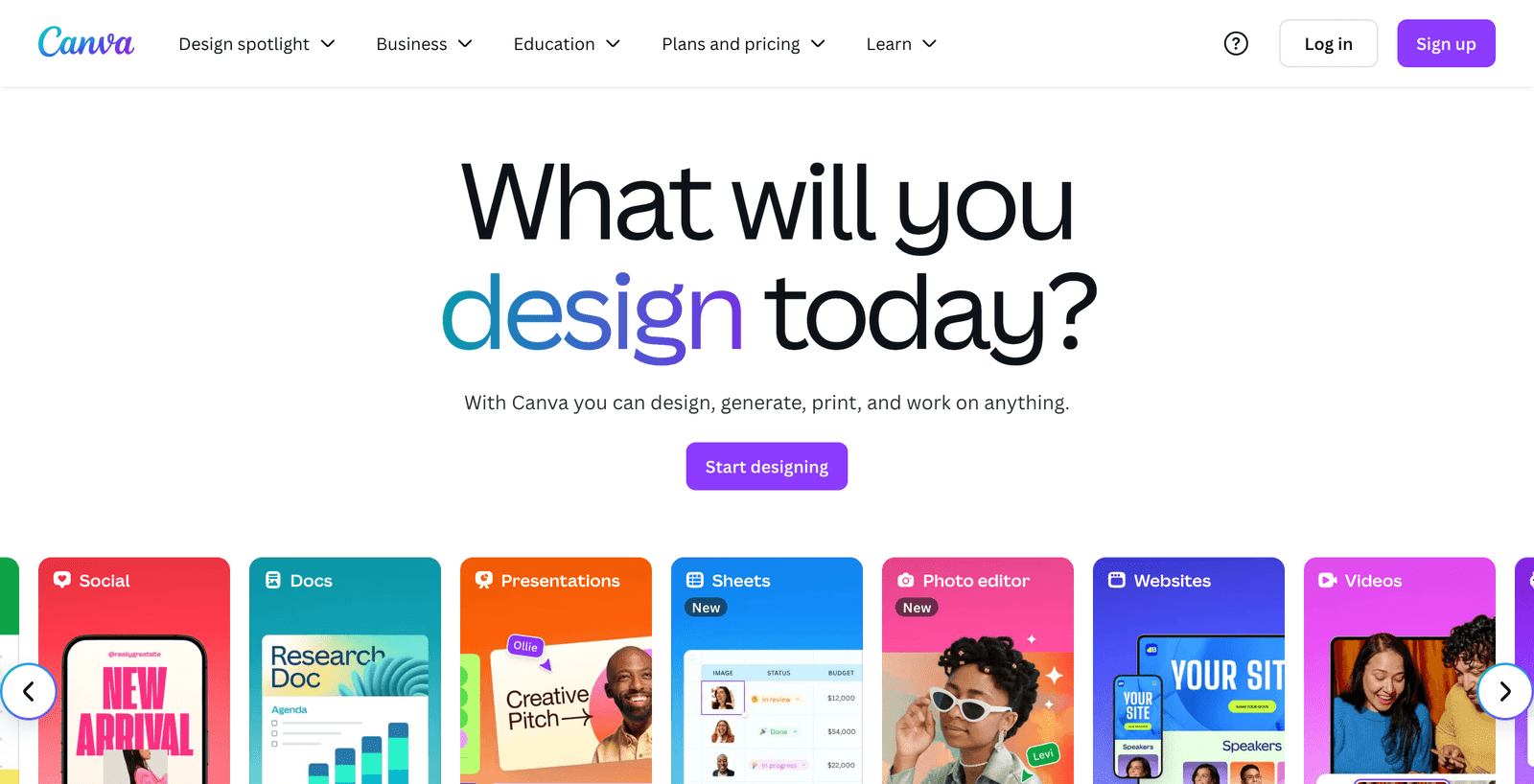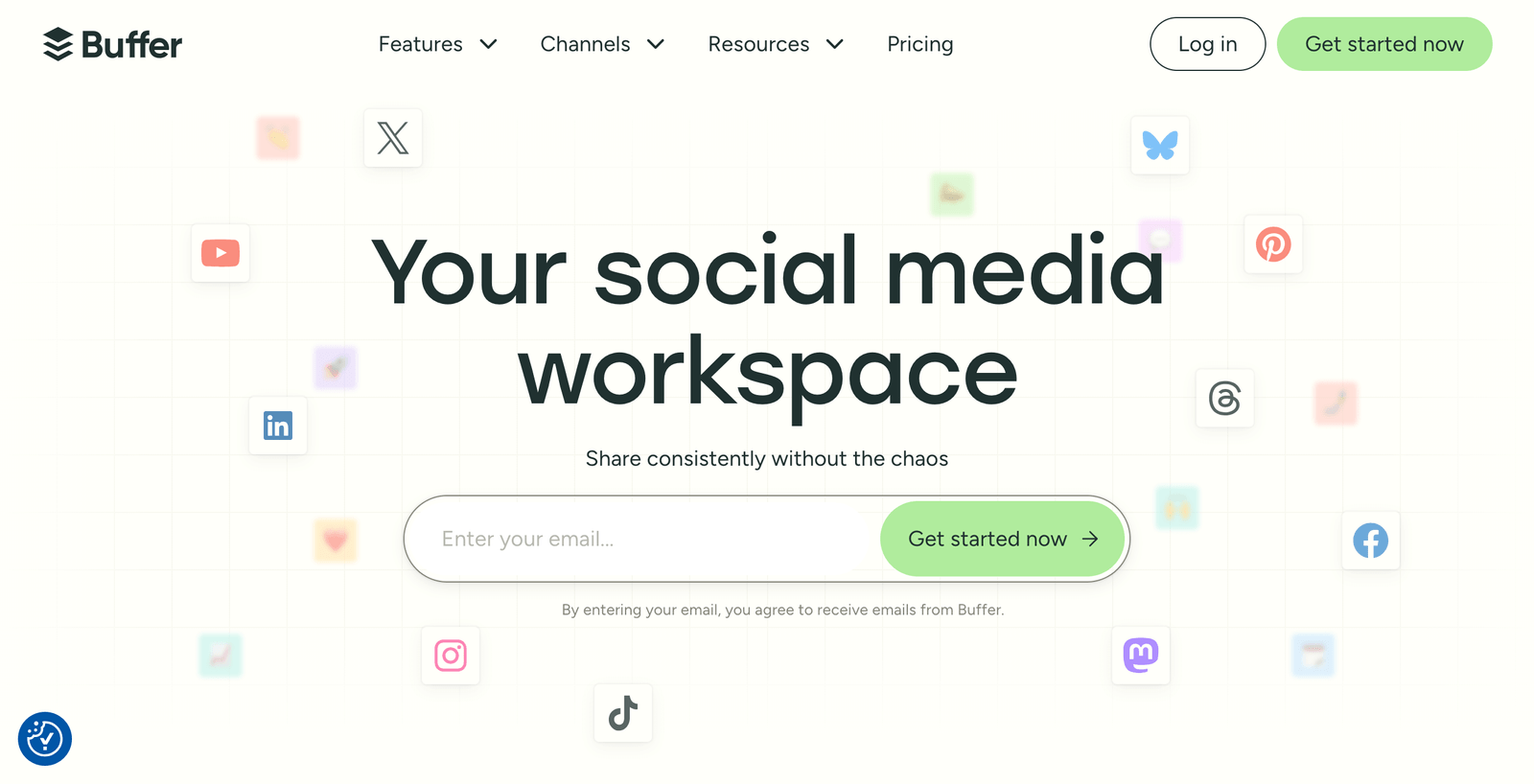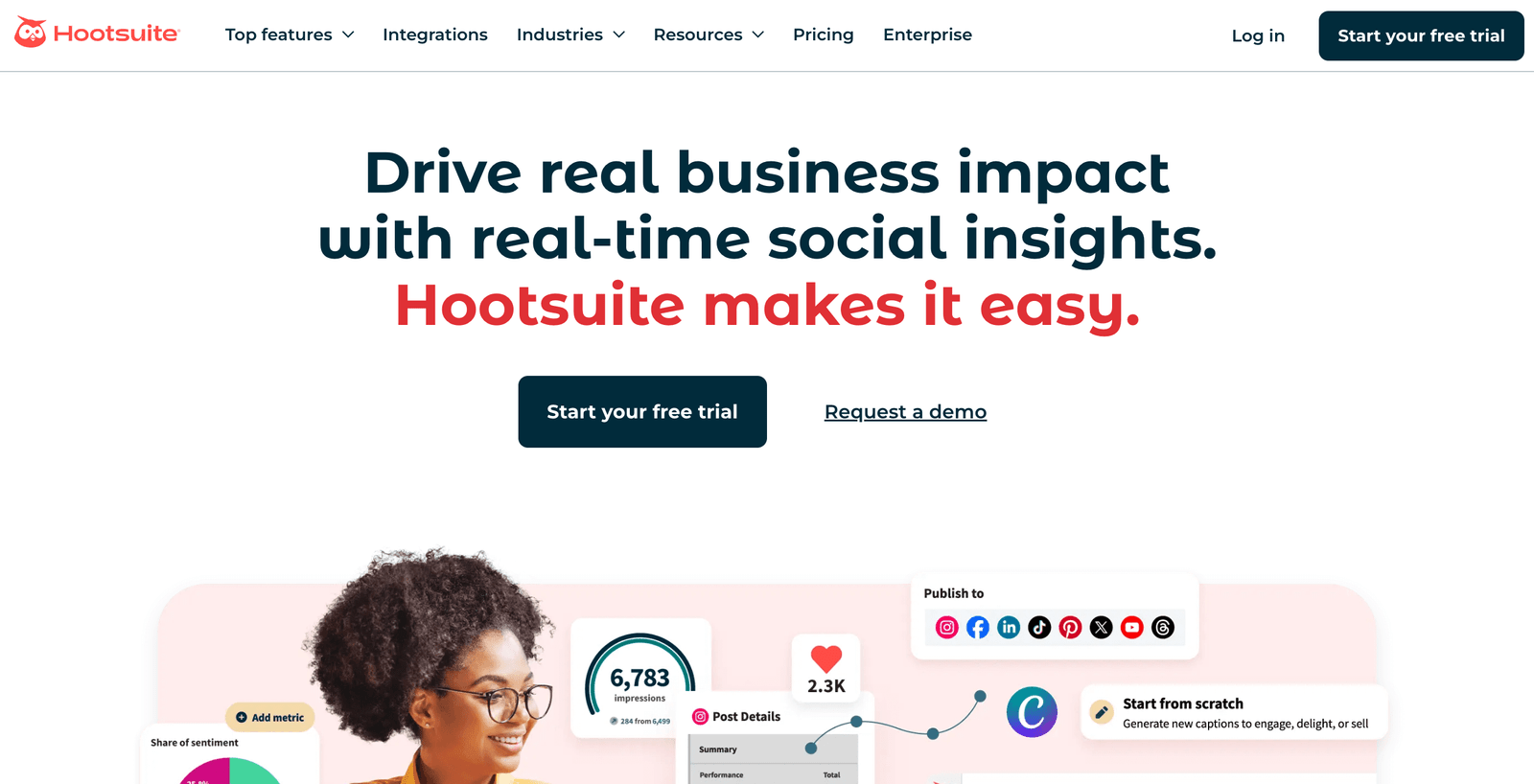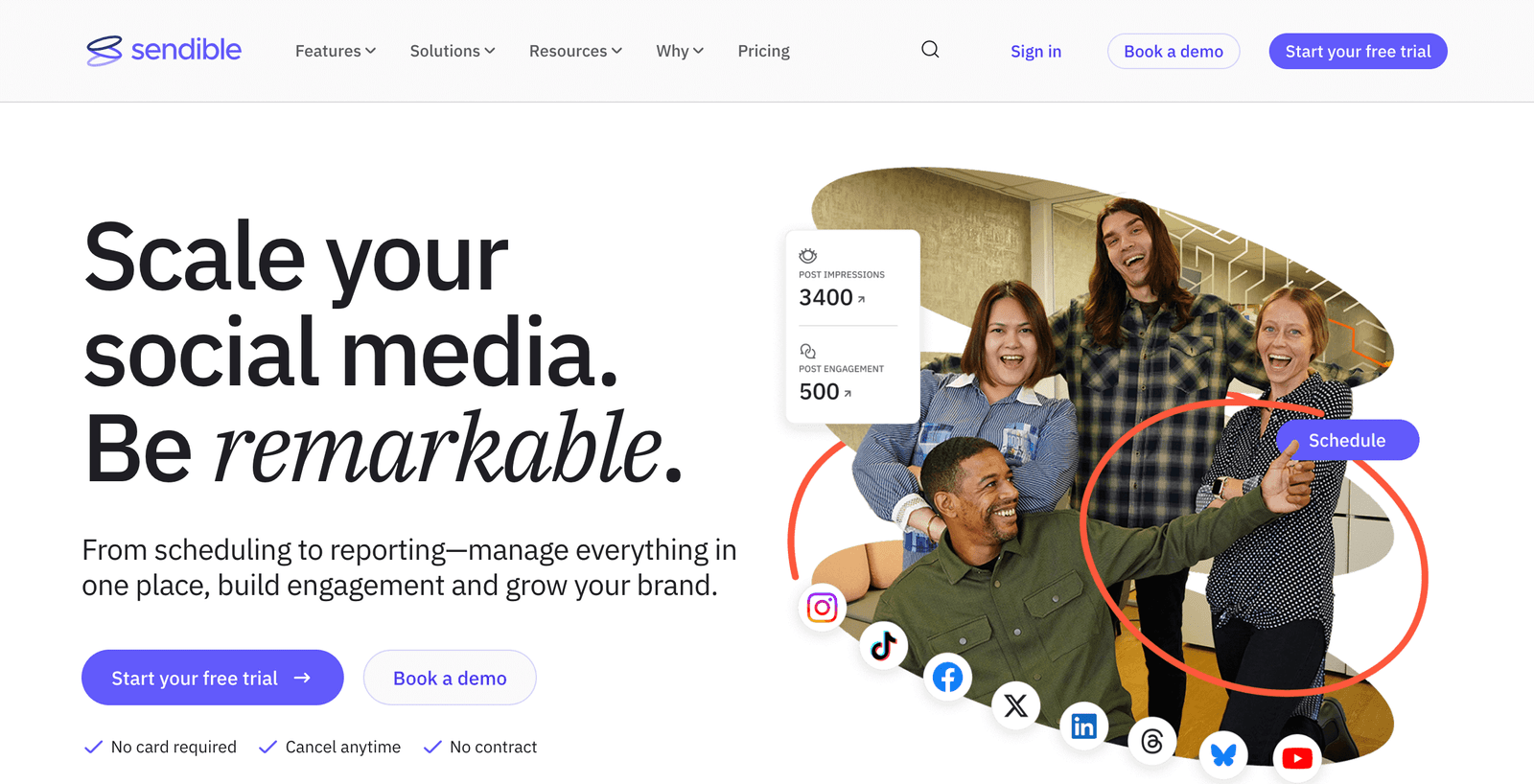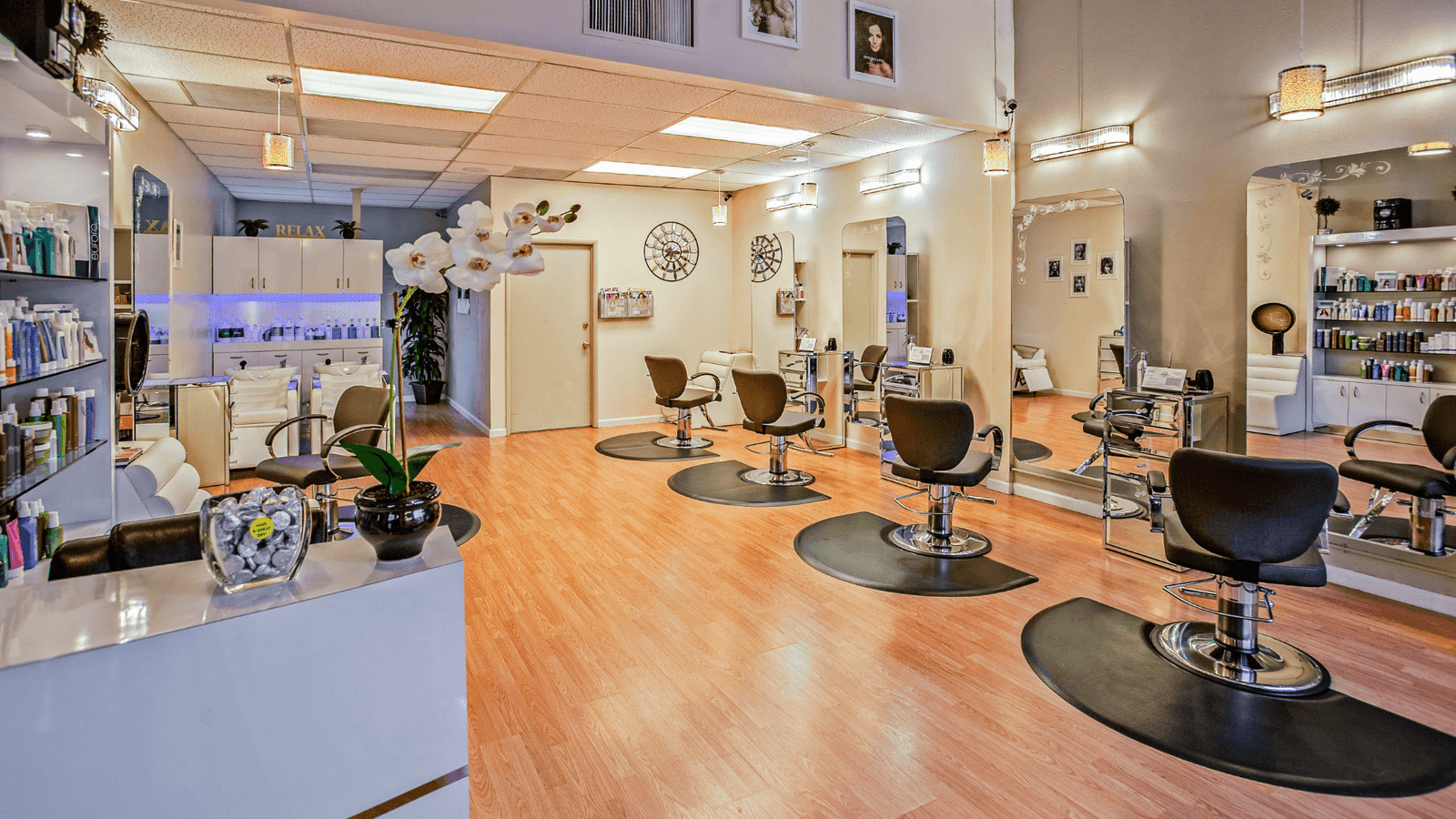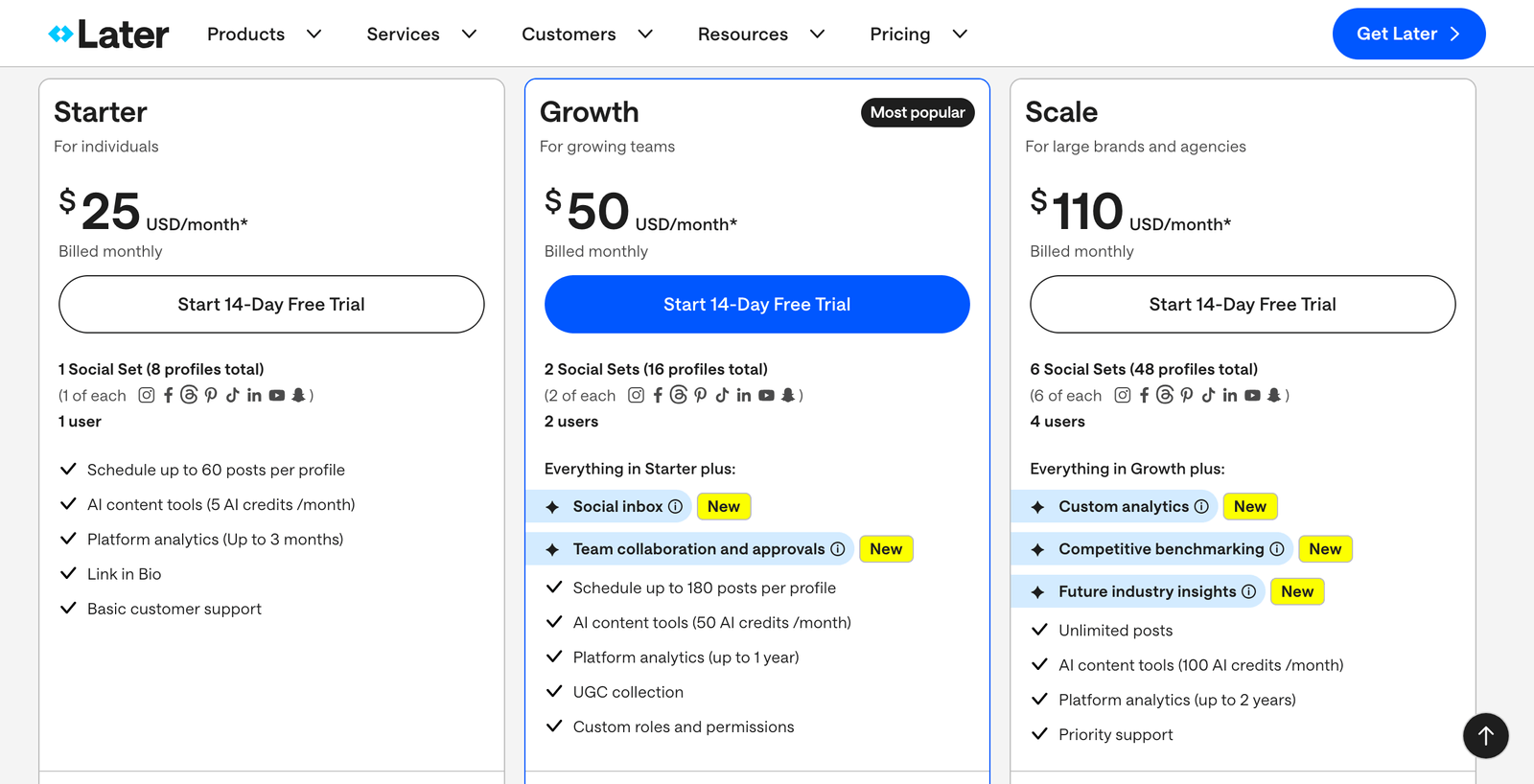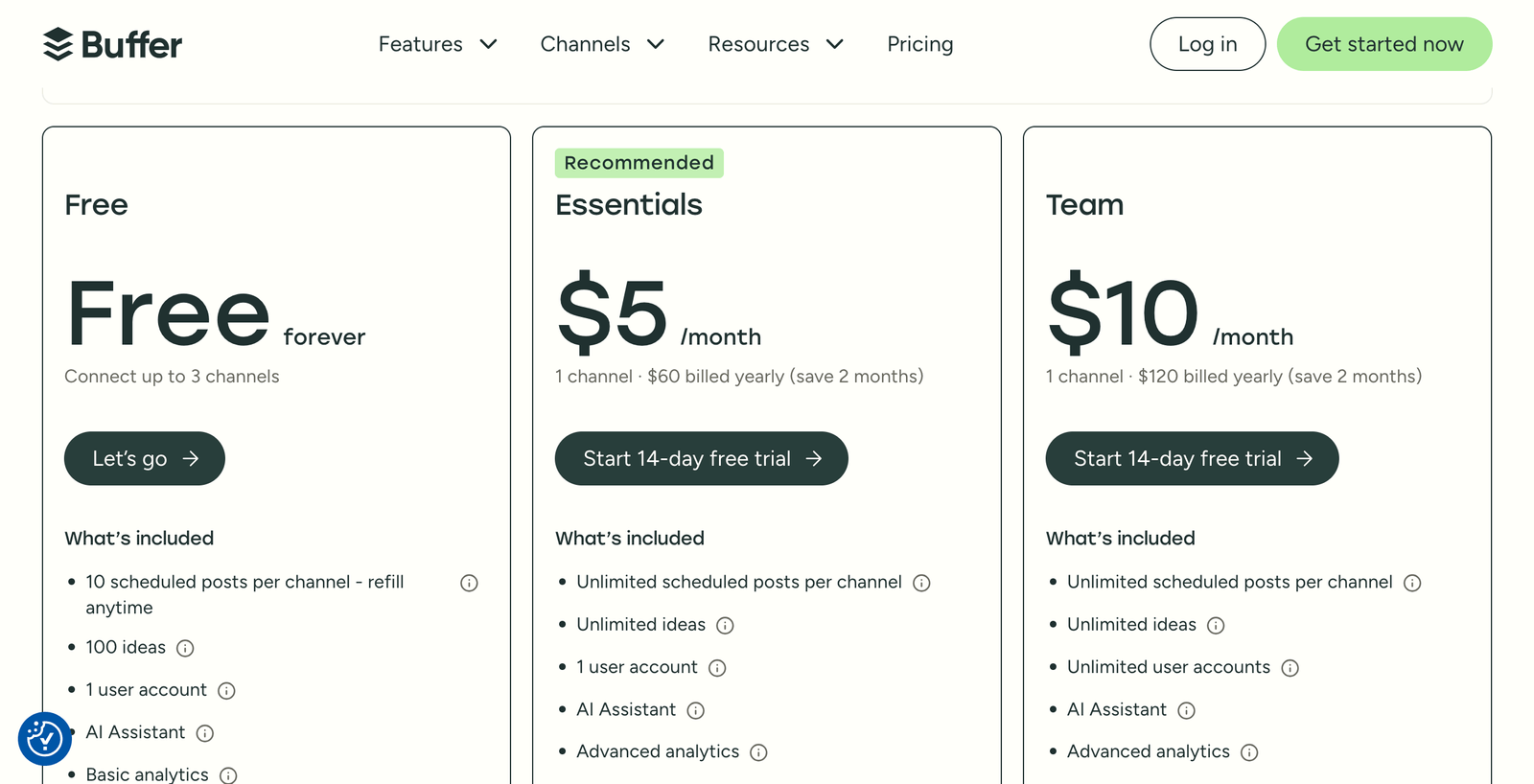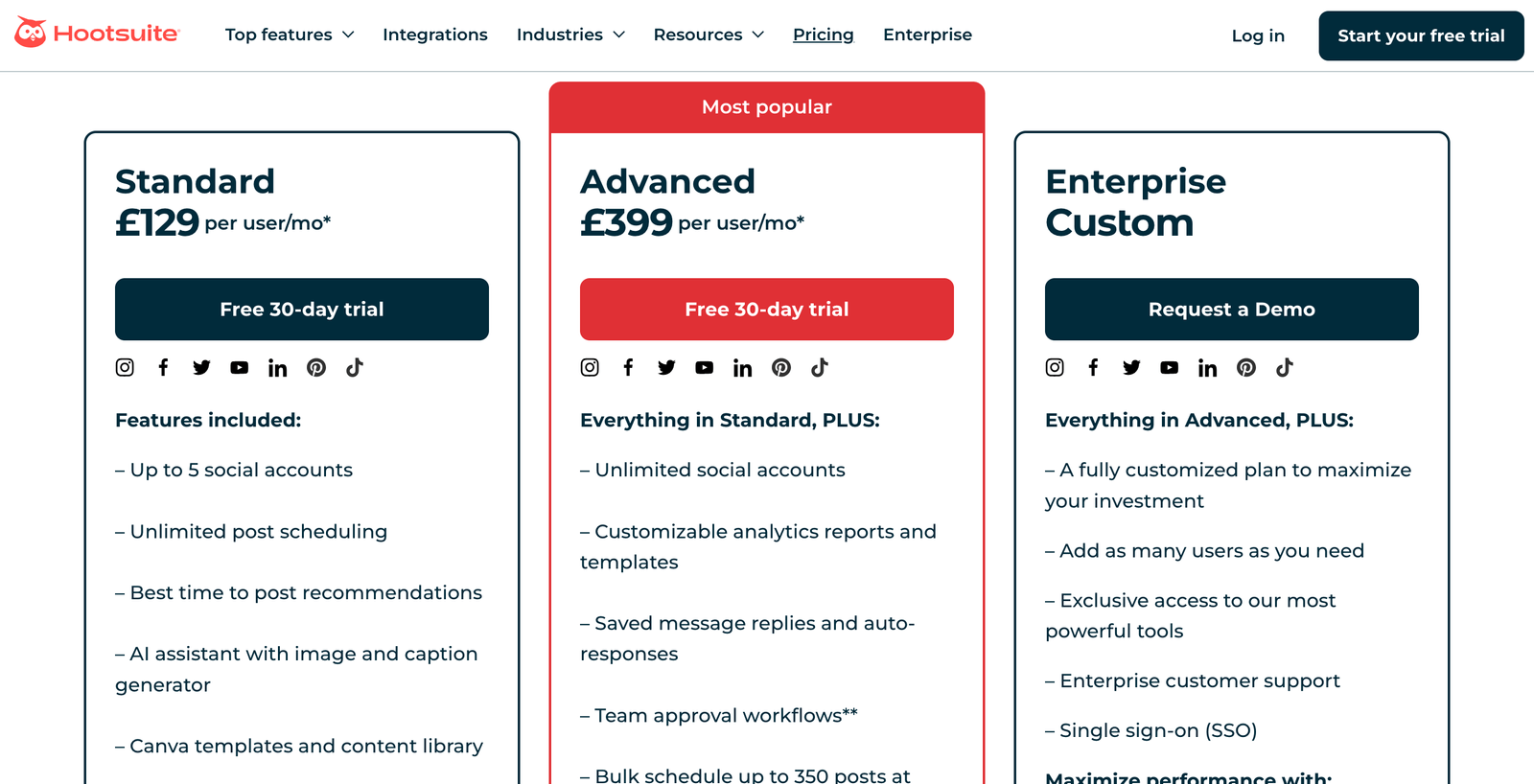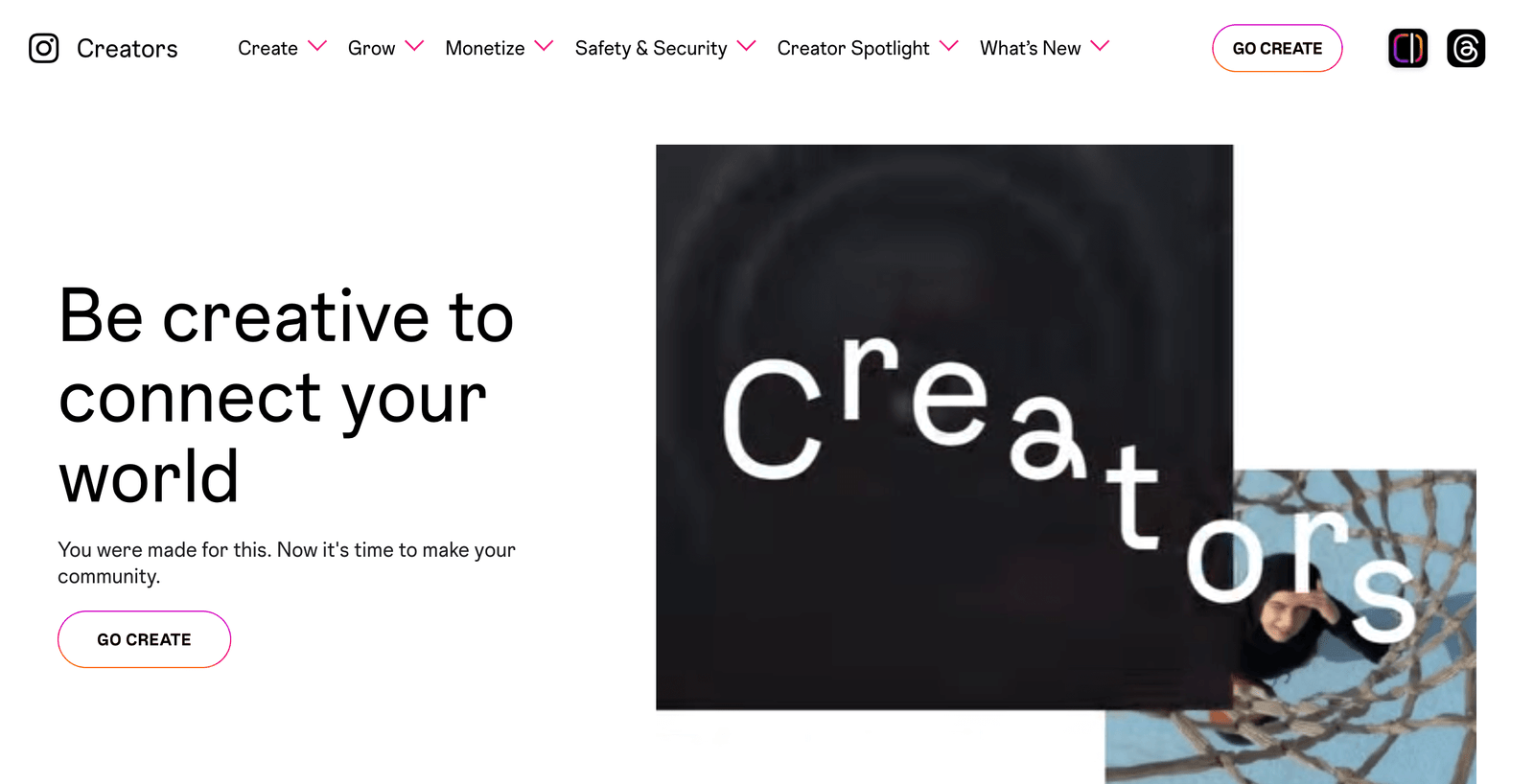The nail salon industry is booming. Industry data shows that the artificial nail market is expected to have a 4.5% growth rate from 2019 to 2024. Meanwhile, liquid polish remains the largest segment as experts are forecasting a compounded annual growth rate of 10.5% from 2016 to 2024.
But here’s the thing: if you’re still juggling paper appointment books and fielding endless phone calls, you’re missing out on serious revenue.
The old “write it down and hope for the best” approach doesn’t work when you’re trying to scale.
Modern nail salons need systems that work as hard as they do:
- 24/7 online booking that captures clients when they’re actually ready to book
- Automated reminders that cut no-shows (and the lost revenue that comes with them)
- Real-time scheduling that prevents double-bookings and maximizes chair time
- Payment processing that lets clients pay while their nails dry
On average, Booksy providers reduce no-shows and late cancellations up to 25% and recoup over $400 in lost revenue each month.
The best part?
These appointment software solutions are designed specifically for nail salons. They understand your workflow, from quick gel touch-ups to full acrylic sets.
Here are the three systems I see the most successful nail salons using every single day.
My Top 3 Pedicure Appointment Software for 2025
- Fresha: Best all-around value with marketplace exposure and no subscription fees for basic use
- Square Appointments: Perfect for salons wanting seamless payment integration and professional hardware
- Booksy Biz: Strongest no-show protection and client acquisition features
Fresha
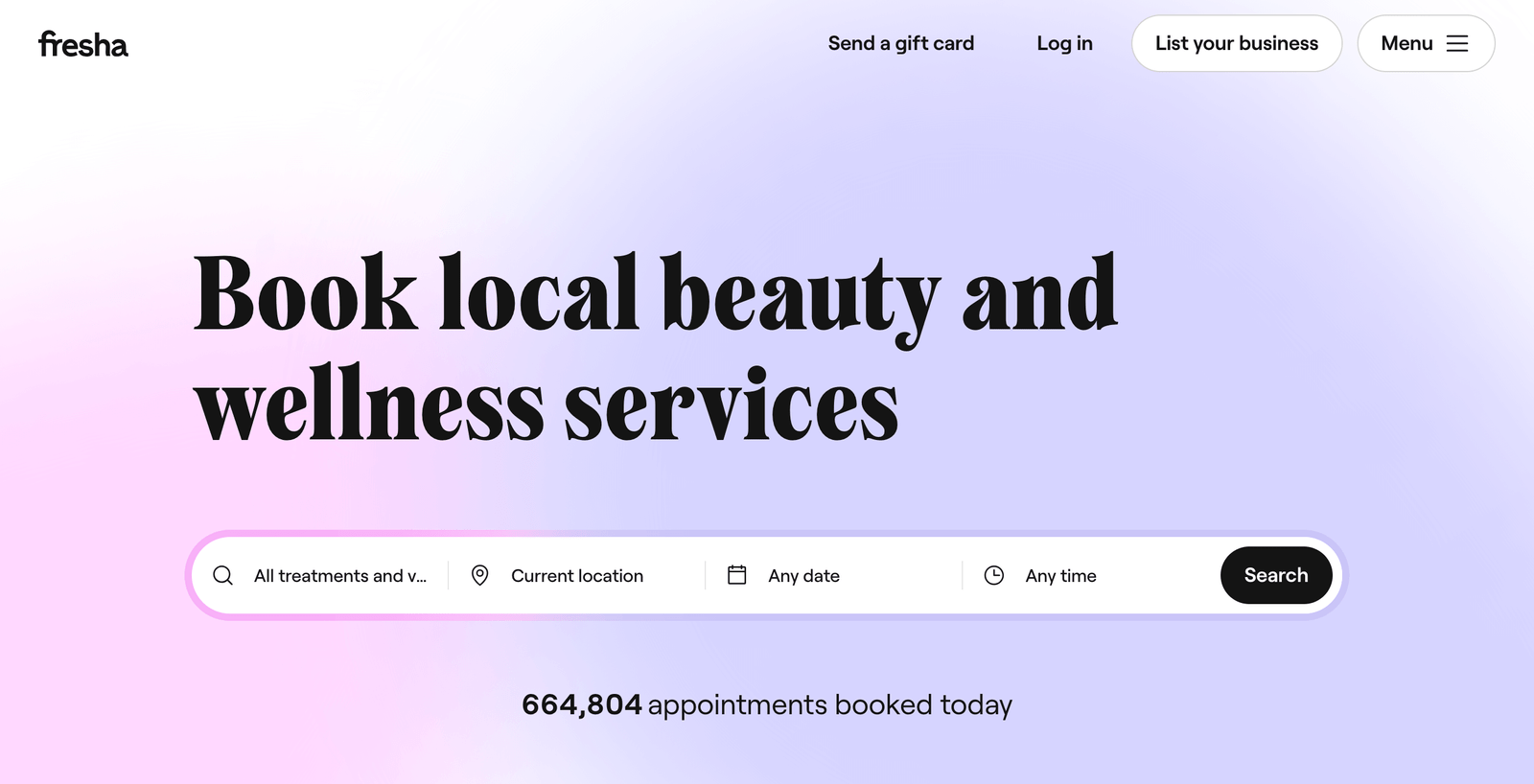
Best for salons wanting maximum features without breaking the bank
Pricing: Free core plan; Plus plan at $9.95 per month per team member
I’ve watched Fresha grow from a scrappy startup to powering over 450,000 beauty professionals worldwide. And honestly? I get why so many nail salons have switched to them.
Fresha is free for independent nail techs and small salons. As your business grows, our pricing scales with you. You only pay when you start getting bookings through the platform, and there are no hidden fees.
Get Found by New Clients Automatically
Here’s what sets Fresha apart: when you set up your salon on their platform, you’re automatically listed on their marketplace.
Fresha helps you attract new clients and boost revenue through our global beauty and wellness marketplace, where millions of people discover and book services every month.
This means potential clients searching for “nail salon near me” can find and book with you directly through the Fresha app. No extra marketing spend required.
I’ve seen salons get 3-5 new bookings per week just from marketplace visibility alone.
Handle Walk-ins Like a Pro
Nail salons get more walk-ins than almost any other beauty business. Fresha’s system handles this beautifully.
You can add walk-ins to your calendar in real-time, and the system automatically updates availability for online bookings. No more awkward “let me check the book” conversations.
Perfect for detailed nail art, sculpting, and custom designs, with client notes and photo history
Streamline Your Entire Operation
Fresha isn’t just booking software. It’s your complete business management system:
- Inventory tracking for polishes, files, and retail products
- Staff management with individual calendars and commission tracking
- Payment processing with instant deposits to your account
- Marketing automation that brings clients back automatically
Pros & Cons
| Pros | Cons |
|---|---|
| Free core plan with most essential features included | Plus plan required for advanced marketing features |
| Massive marketplace exposure for new client acquisition | 20% commission on marketplace bookings |
| No long-term contracts or setup fees | Interface can feel slower than premium competitors |
Fresha Alternative: Vagaro
Vagaro offers a Swiss army knife approach with comprehensive features at an affordable price. It includes advanced website integration and AI-powered marketing tools. However, the interface can feel clunkier than Fresha, and you’ll pay add-on fees for certain features that come standard with Fresha.
Square Appointments
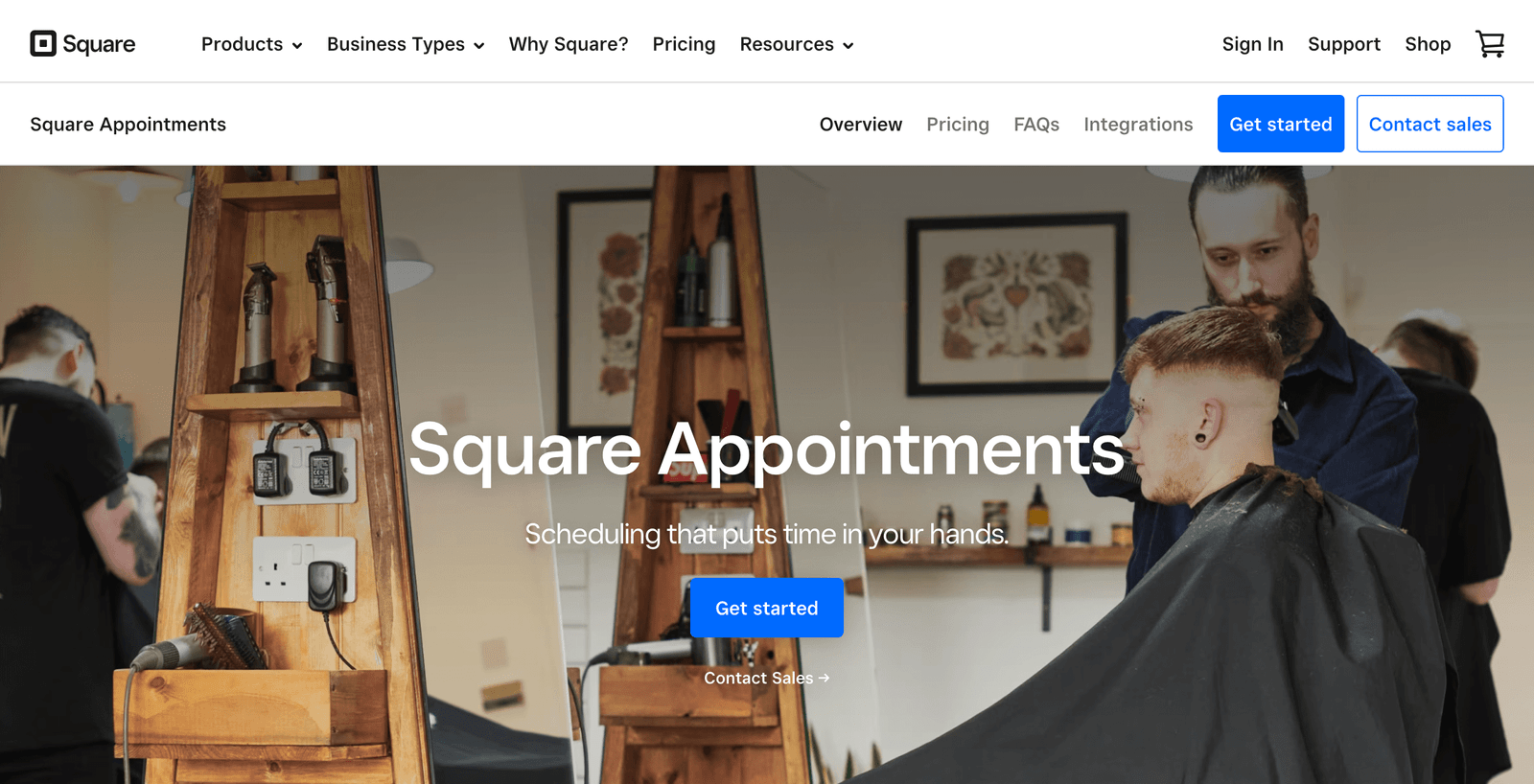
Best for salons wanting professional payment processing and modern hardware
Pricing: Free for solo providers; Plus at $29/month per location; Premium at $69/month per location
If you’ve ever used Square’s payment systems, you know they just work. Square Appointments brings that same reliability to appointment scheduling.
Square Appointments has made significant strides in 2024-2025, particularly standing out out for their hardware quality and integration capabilities. When it comes to point-of-sale units and hardware, Square leads the pack with what many consider the best-looking and most modern equipment in the industry.
The “Lego Approach” That Grows With You
Square’s genius is in how their tools connect. You can start with just appointment scheduling (free for solo techs) and add pieces as you grow:
- Square POS for checkout
- Square Marketing for email campaigns
- Square Payroll for staff management
- Square Online for your website
One unique advantage is Square’s “Lego approach” to business tools, you can connect the pieces you need as you grow. While you might start with just appointment scheduling (free for solo providers), you can seamlessly add their professional POS system, payroll tools, marketing suite, and even build a website with Square Online.
Everything syncs automatically. When a client books online, their info flows into your POS system. When they check out, their purchase history updates their profile.
Get Discovered on Square Go
Square launched their marketplace app, Square Go, which helps clients find local beauty services.
They’ve also launched Square Go, a marketplace app that helps clients discover and book services directly.
Unlike other marketplaces that charge commissions, Square Go just helps drive bookings to your existing Square Appointments calendar. More exposure, no extra fees.
Modern Hardware That Clients Love
Square’s payment terminals are honestly gorgeous. The sleek design makes your salon look more professional, and clients can tip directly on the screen while their nails dry.
Take payments using just your phone with Tap to Pay on iPhone and Tap to Pay on Android, no hardware required. Accept every major type of payment your clients prefer, whether that’s tap, chip, card on file, Apple Pay, Google Pay, Cash App Pay, or Cash App Afterpay.
Pros & Cons
| Pros | Cons |
|---|---|
| Free plan includes everything solo techs need | Limited advanced marketing features compared to competitors |
| Best-in-class payment processing and hardware | Plus and Premium plans can get expensive for larger teams |
| Seamless integration with entire Square ecosystem | Marketplace features are newer and less established |
Square Appointments Alternative: GlossGenius
GlossGenius offers a modern, Instagram-worthy interface that’s perfect for showcasing your work. It includes automated review requests and marketing features. However, it lacks the hardware integration and broader business tools that make Square so compelling for growing salons.
Booksy Biz
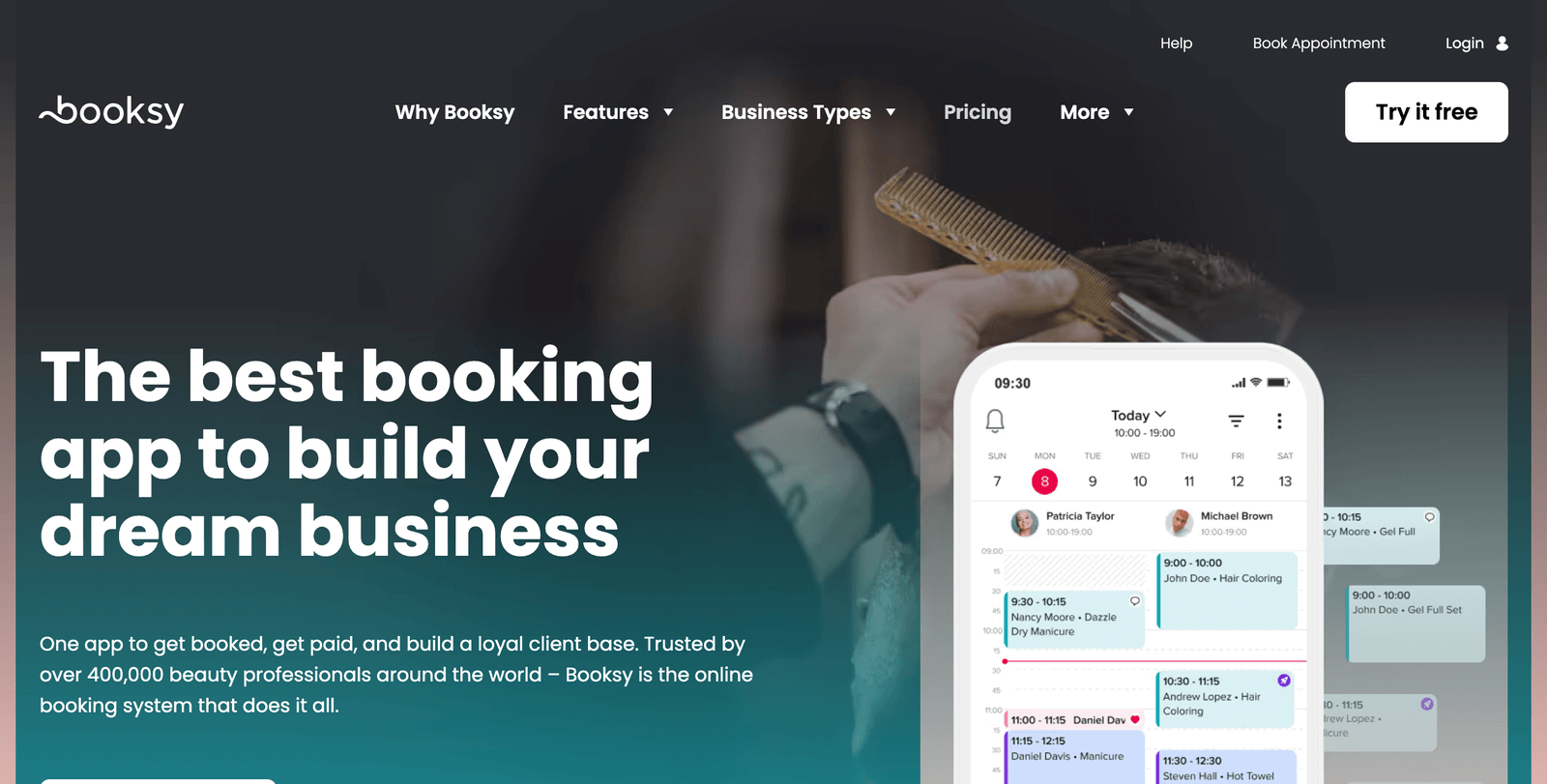
Best for salons serious about reducing no-shows and maximizing revenue
Pricing: All-inclusive pricing starting around $29/month (contact for specific pricing)
Booksy has become the go-to choice for nail salons that want to stop losing money to no-shows and last-minute cancellations.
Booksy stands out as the best nail salon software due to its comprehensive all-in-one features that cater specifically to the needs of nail artists and salon owners.
No-Show Protection That Actually Works
This is where Booksy really shines. Their no-show protection features aren’t just about sending reminders, they create accountability.
On average, Booksy providers reduce no-shows and late cancellations up to 25% and recoup over $400 in lost revenue each month.
The system can require deposits for certain services, automatically charge cancellation fees, and even blocks serial no-show clients from booking.
For nail salons (where a missed manicure means lost time and product), this protection pays for the software itself.
Everything You Need, Nothing You Don’t
With other softwares, all of those “extras” start to add up. At Booksy, every feature is included, and that includes email marketing to keep in touch with your clients. That means no monthly add-ons or higher plan tiers for access to features that should come standard.
You get:
- Unlimited online booking and staff calendars
- Automated email and SMS marketing
- Complete POS system with card processing
- Portfolio showcase for your nail art
- Detailed performance analytics
- Mobile app for managing on-the-go
Built for Team Management
If you have multiple nail techs, Booksy makes staff management effortless. Individual calendars, commission tracking, performance reports, it’s all there.
You can place an appointment widget on your nail salon’s website. This widget integrates seamlessly with your site, allowing clients to book appointments directly without having to leave your webpage.
Pros & Cons
| Pros | Cons |
|---|---|
| Industry-leading no-show protection saves significant revenue | Higher monthly cost than some competitors |
| All features included with no add-on fees | Can feel feature-heavy for very small salons |
| Strong marketplace presence for client acquisition | Learning curve for staff to master all features |
Booksy Biz Alternative: Mangomint
Mangomint offers a fresh, modern approach to salon software with excellent customer service ratings. It includes sophisticated marketing automation and payroll processing. However, it starts at $165/month, making it significantly more expensive than Booksy for most nail salons.
Other Tools Successful Nail Salons Use
Beyond appointment software, here are the tools I see top-performing nail salons using:
- QuickBooks for accounting and tax prep (integrates with most appointment systems)
- Canva for creating social media content and promotional materials
- Instagram Business for showcasing nail art and attracting new clients
- Google My Business for local SEO and client reviews
Ready to Stop Losing Money to Empty Chairs?
The nail salon business is all about maximizing your chair time and minimizing no-shows.
Any of these three systems will transform how you manage appointments. But if I had to pick just one:
- Go with Fresha if you want maximum value and marketplace exposure
- Choose Square if you want the best payment processing and hardware
- Pick Booksy if no-shows are killing your profits
The best appointment software is the one your team will actually use consistently. Start with a free trial of whichever system feels right for your salon’s workflow.

